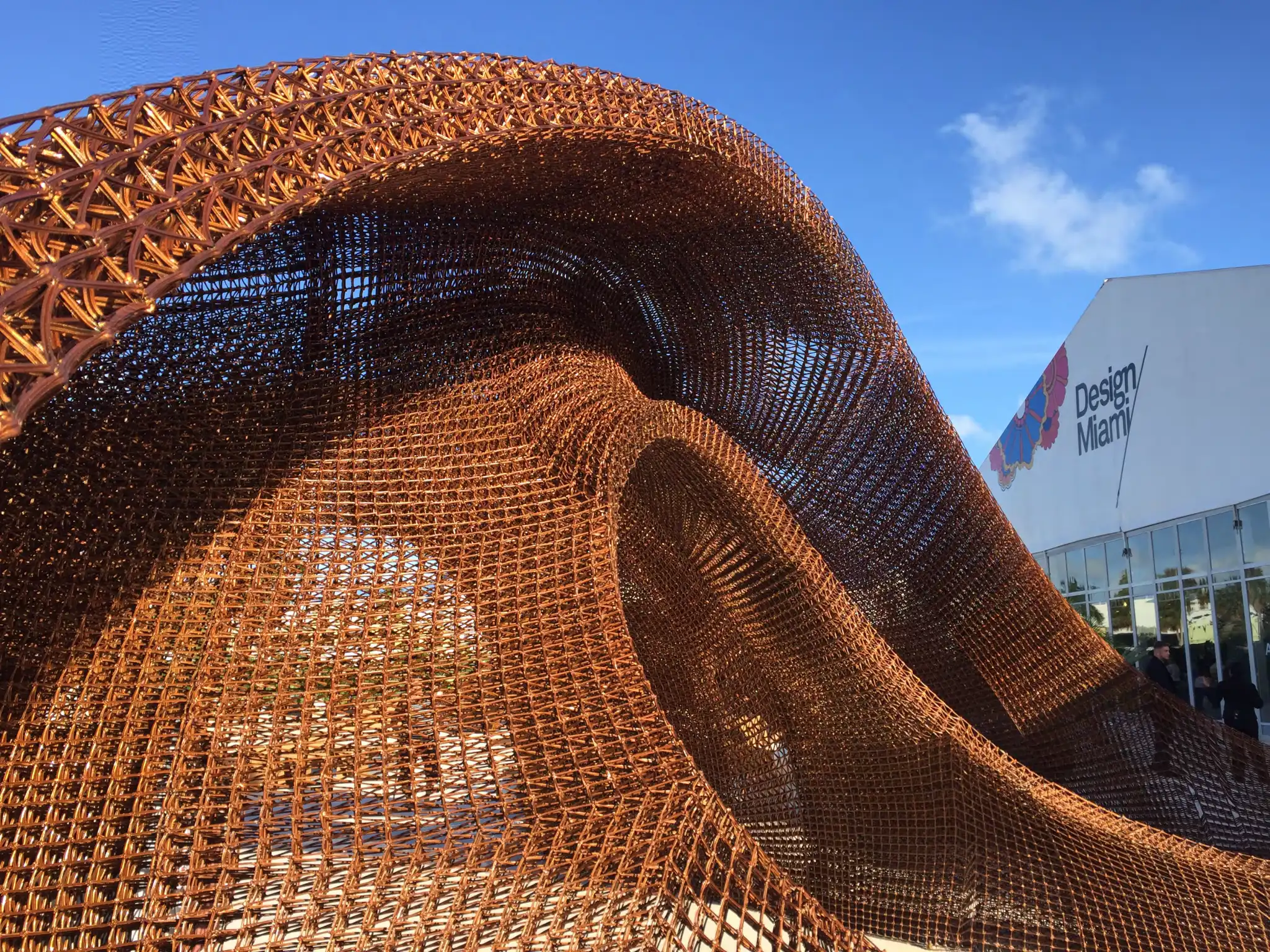
The emergence of 3D printing, or additive manufacturing, has heralded a paradigm shift in architectural fabrication, redefining the processes of conceptualizing and construction in the design industry. Through streamlined layer-by-layer deposition, the procedure promises extreme precision, reduced wastage, minimal labor, and unprecedented freedom in realizing complex design forms. The daring level of customization is opening up new possibilities for revolutionary design — entire sections of buildings, from load-bearing walls to intricate facades, can now be 3D printed with remarkable speed and accuracy.
An invaluable tool for prototype and experimentation, the process has opened doors to interdisciplinary collaboration between architects, engineers, and material scientists. This synergy has led to the development of new techniques and materials with profound applications that can radically expand the horizons of architectural fabrication.
The 3D printing revolution is transforming from a niche invention to a powerful transformative force in the design industry, supported by an eclectic array of materials. From concrete to bio-plastics, the impressive catalog of materiality can inspire substantial flexibility in how buildings are designed and constructed. The extensive range of materiality, based on their functional potential, can be widely categorized into:
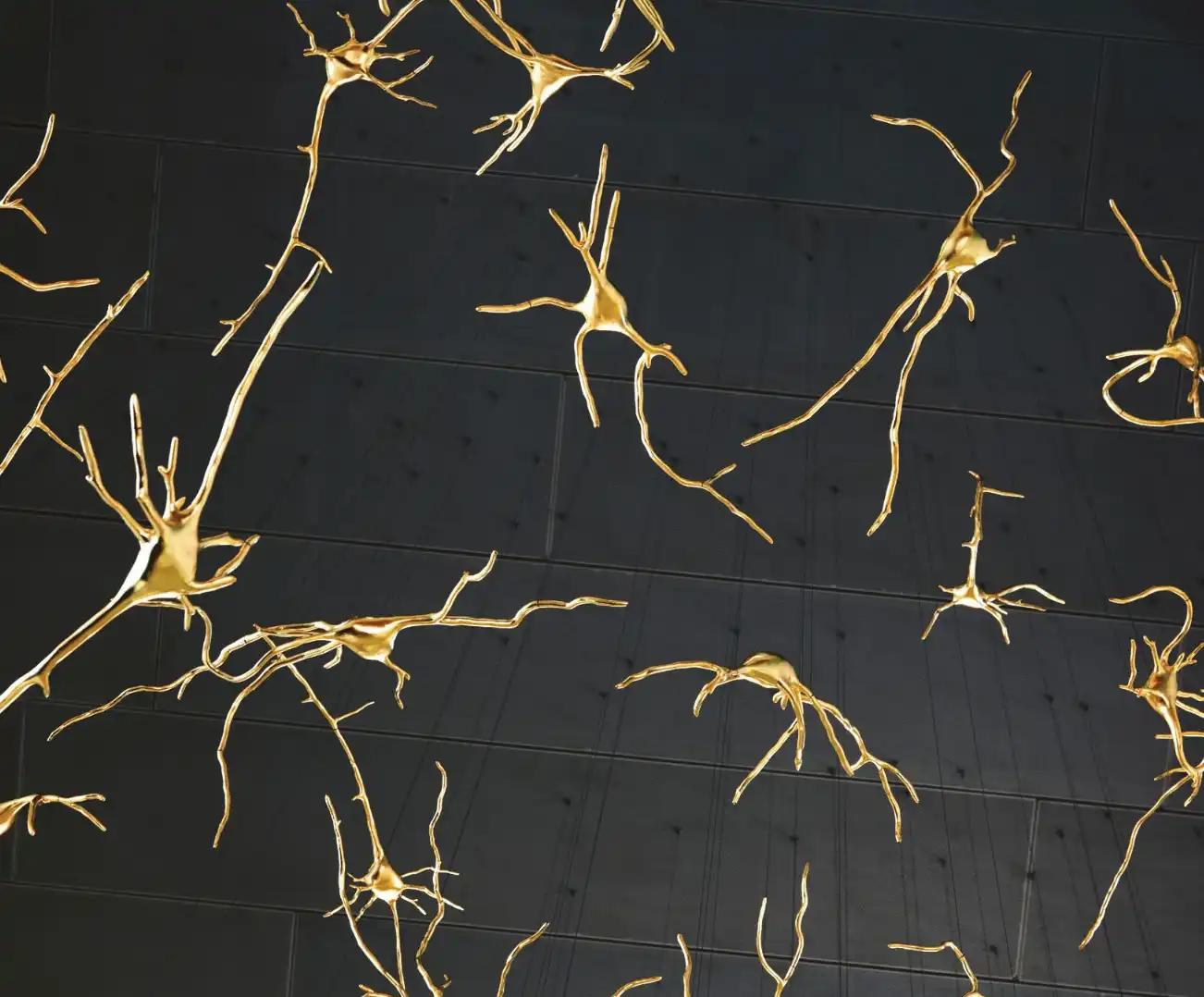
1. Concrete: The backbone of the modern architectural industry, the notion of 3D printing concrete is exciting for the possibilities of creating precise and intricate load-bearing designs with minimal wastage and maximum efficiency. The material’s inherent robustness and versatility are further enhanced in additive processes to produce complex geometries without the traditional constraints of formwork or labor. From facades to walls to bridges to entire buildings, 3D printed concrete journeys beyond the original implications of additive manufacturing; it is enabling designers to collaborate on parametric form-making with minimal pollution and construction waste and also offering the novel opportunity of integrating recycled aggregates into the mix.
Today, architects have strong computing power for the digital design of complex and unique structures. At the same time, they already have the machines and technologies capable of producing these designs. One could say that the industry is at the beginning of a new apparatus for architecture itself.
Teaching how to design and create architectural elements for 3D concrete printing using advanced computational tools like Rhinoceros and Grasshopper, PAACADEMY’s recent workshop, 3D-Printing Concrete: Sketch to real-scale prototype, addresses the rise of a new type of profession in the industry — an architect specialized in 3D printing — because it is not just about the form itself anymore but also about mastering the new technology. Understanding technology, along with its limitations and possibilities, is key.
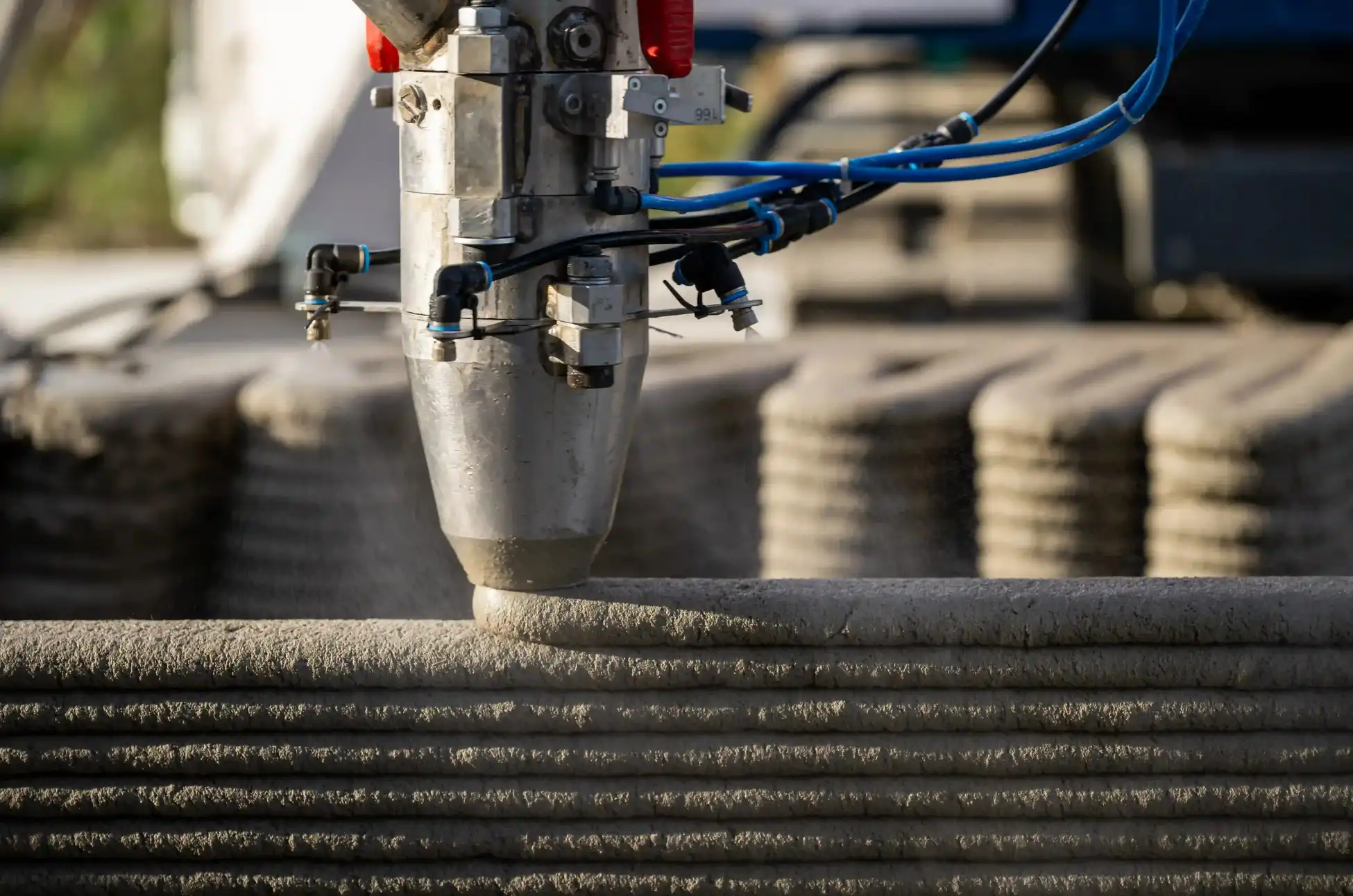
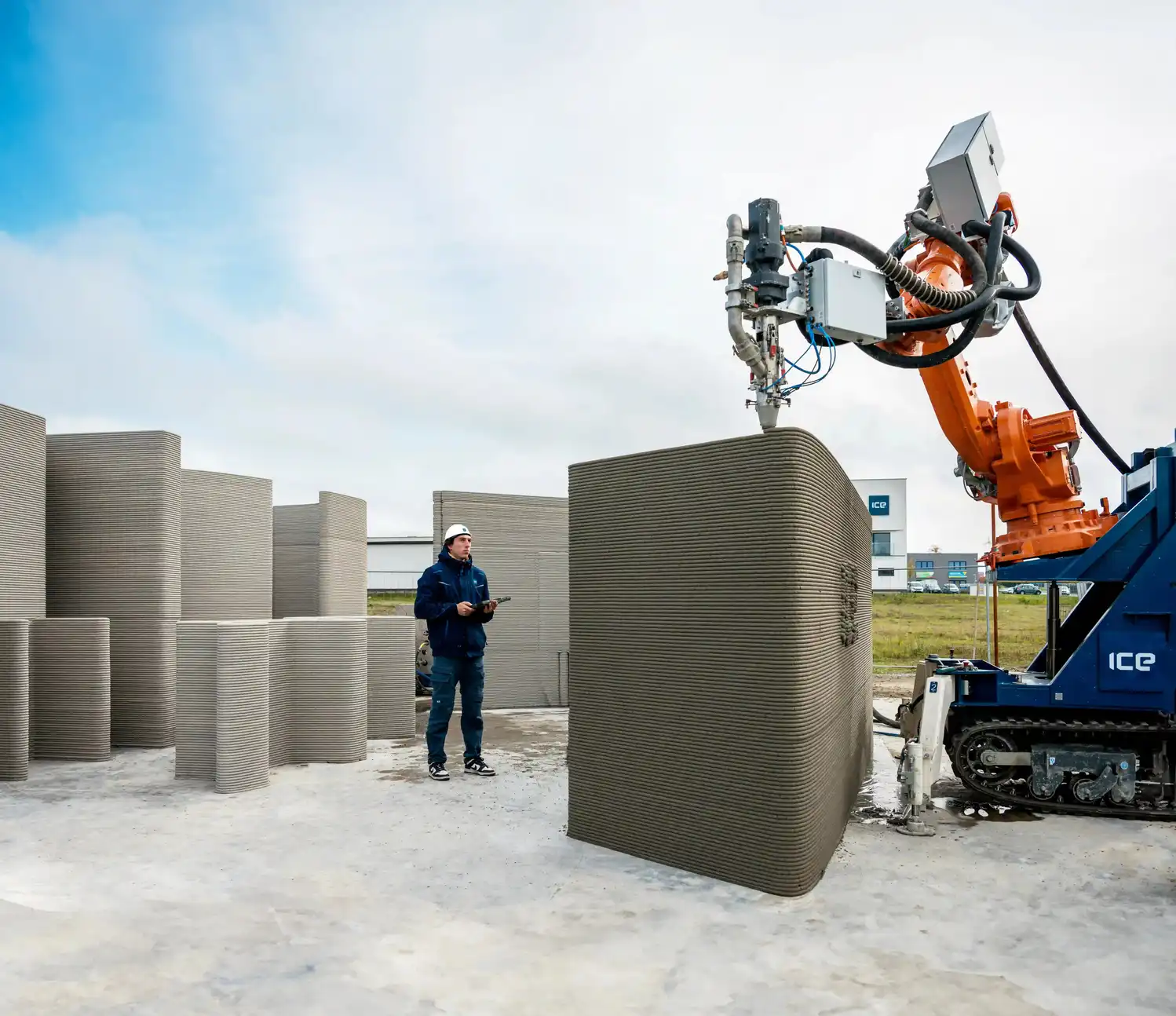

2. Metal: It is very stirring that metals like stainless steel and aluminum are now being 3D printed. Currently limited to small-scale designs like fixtures and decorative components, the process is expected to advance further to pave the way for more extensive structural uses. Imagine the power of 3D printing lattice designs in lightweight metal with engineered structural efficiency, which would mean that the inherent definition of architectural materiality itself will soon adapt to customized solutions.
Metal additive manufacturing follows powder bed fusion wherein the granular metal is heated using either a laser to selectively melt and bond them into a layered solid. In Selective Laser Melting (SLM), a single metal is used, which deals with one melting temperature and complete fusion of particles. In Direct Metal Laser Sintering (DMLS), metal alloys can be employed as the process deals with variable melting points and enables fusion on a molecular level at elevated temperatures.
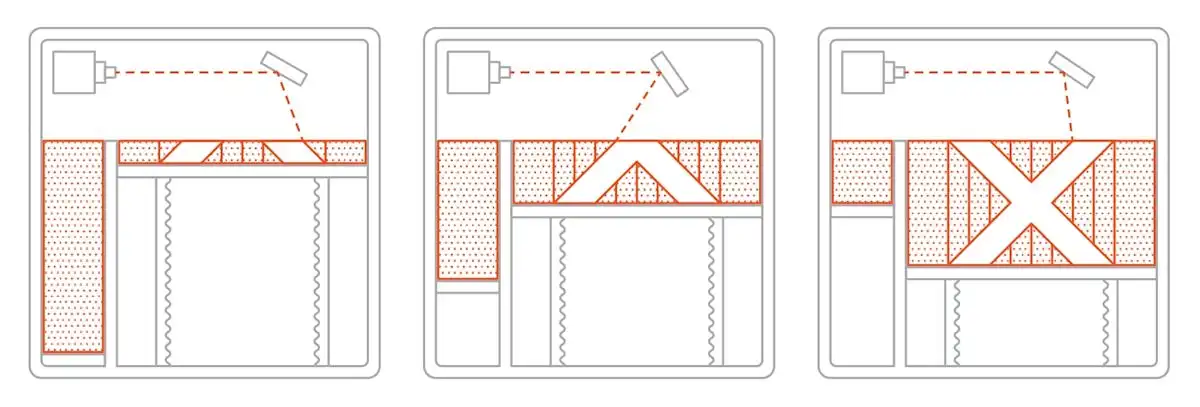
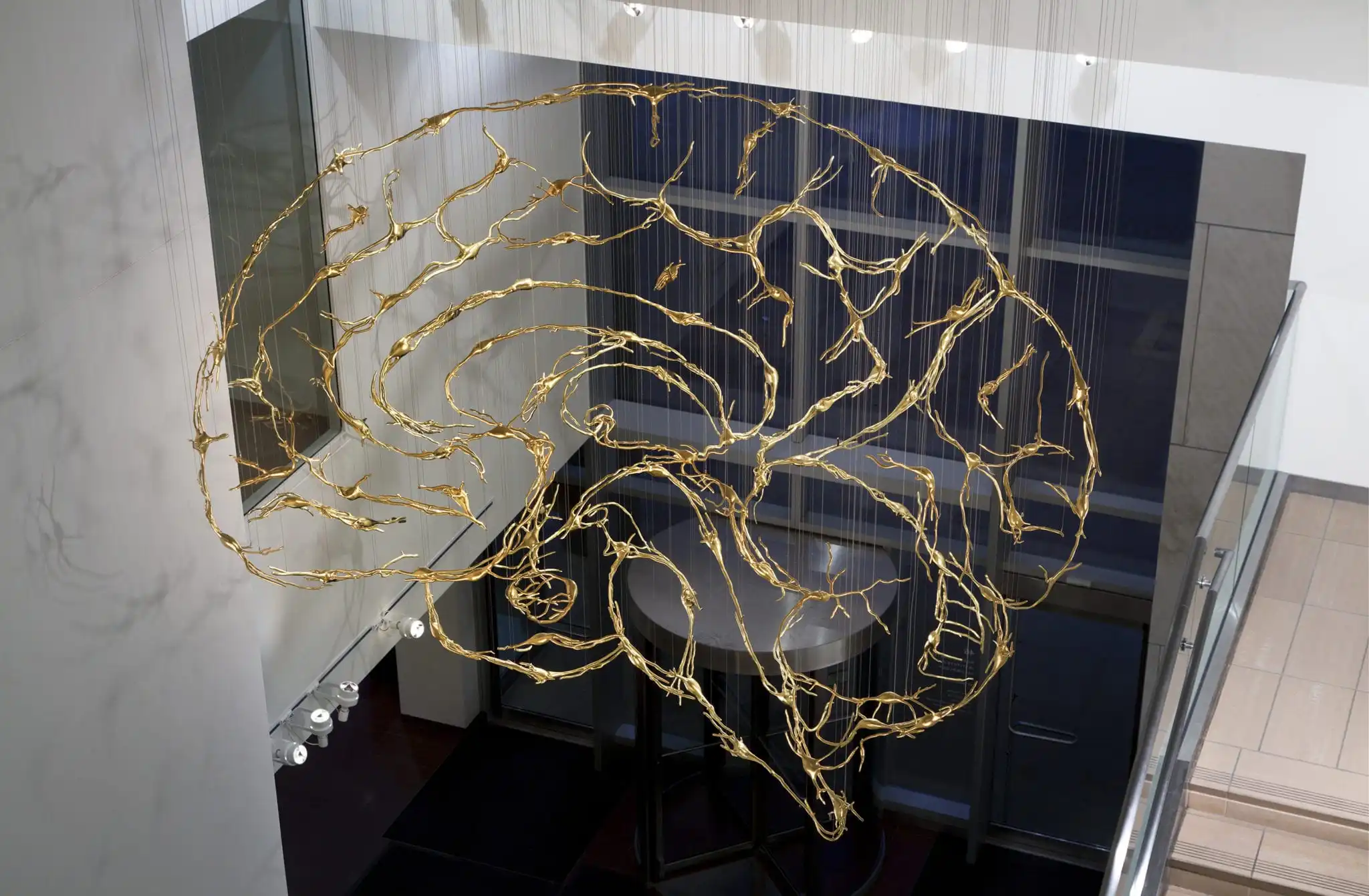

3. Composite Polymers: Carbon Fiber-Reinforced Polymers (CFRP) and Glass Fiber-Reinforced Polymers (GFRP) are exceptional advances in terms of exploring natural strength in organic compositions. Composite materials bring new dimensions of flexibility, strength, and sustainability. The increasing possibility of 3D printing these to create modular, lightweight assemblies makes them very desirable for curved facades, cantilevers, and such dynamic installations. The prime attractive feature here is the engineered capacity to withstand environmental stresses, which makes them ideal for outdoor components.
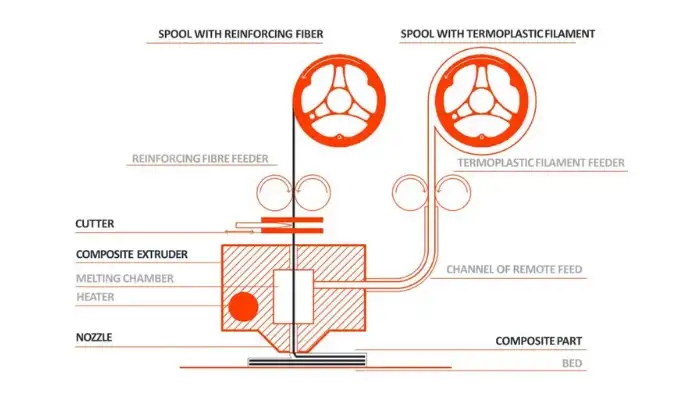
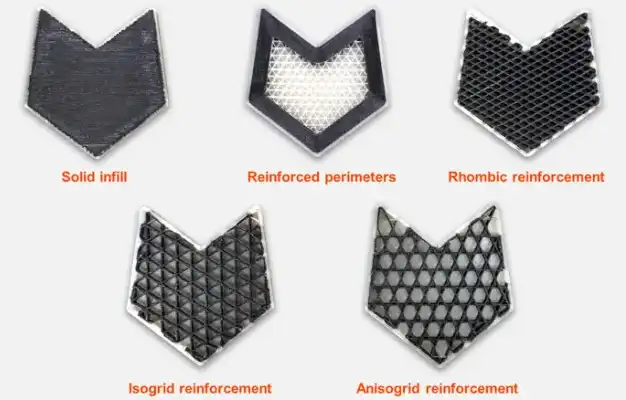
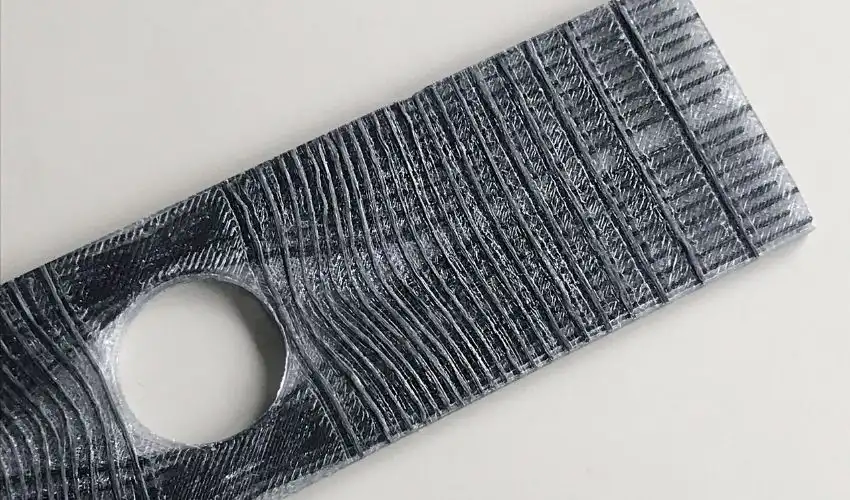
1. Plastics: The beginner material, thermoplastics (PLA, ABS, PETG, and TPU), continue to dominate the modeling and prototyping departments of architectural offices. The fundamental concept of 3D printing comes from the sensitive thermal properties of such materials. In the Ultimaker Cura, the nozzle undergoes controlled heating, which melts the plastic coil, resulting in its deposition. As the nozzle moves in the x- and y-axis while the base plate responds to the vertical plane, the thermoplastic adds layers to itself, cooling into its original rigidity and rendering the designed shape.
Adding to the ease of use and cost-efficiency, advanced material properties in plastics now offer a wider array of applications. Initially used to make visual models and molds, plastics are now used in 3D printing intricate decorative panels, custom furniture, and other components like transparent skylights and lighting options. The intensifying research on the reusability and recyclability of plastics also makes them more agreeable with sustainability principles.

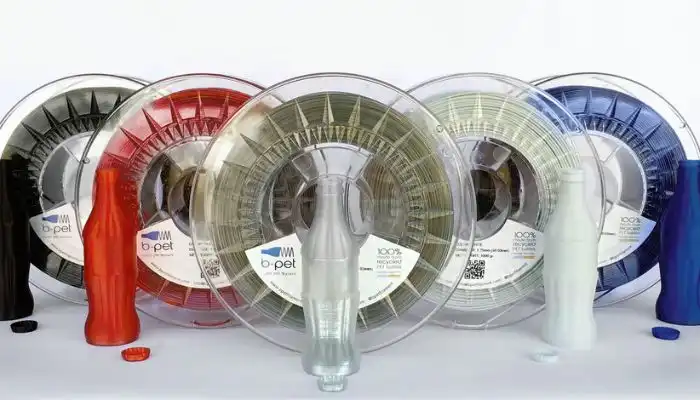
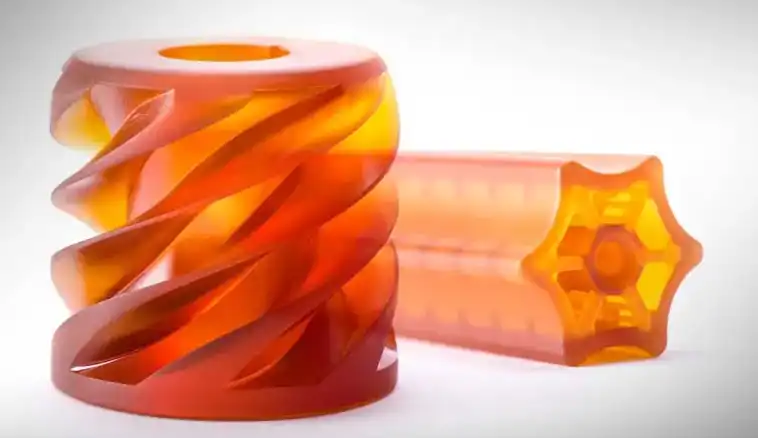
2. Ceramics: Similar to composite polymers, ceramics like Alumina and Silicon Carbide bring organic beauty and functionality to architectural details. With exceptional thermal and acoustic properties, 3D-printed ceramics aid in rendering elaborative and decorative walls, floors, and ceilings. Emerging techniques in ceramic printing offer malleability in form and textures, a feature originally unimaginable with traditional methods.
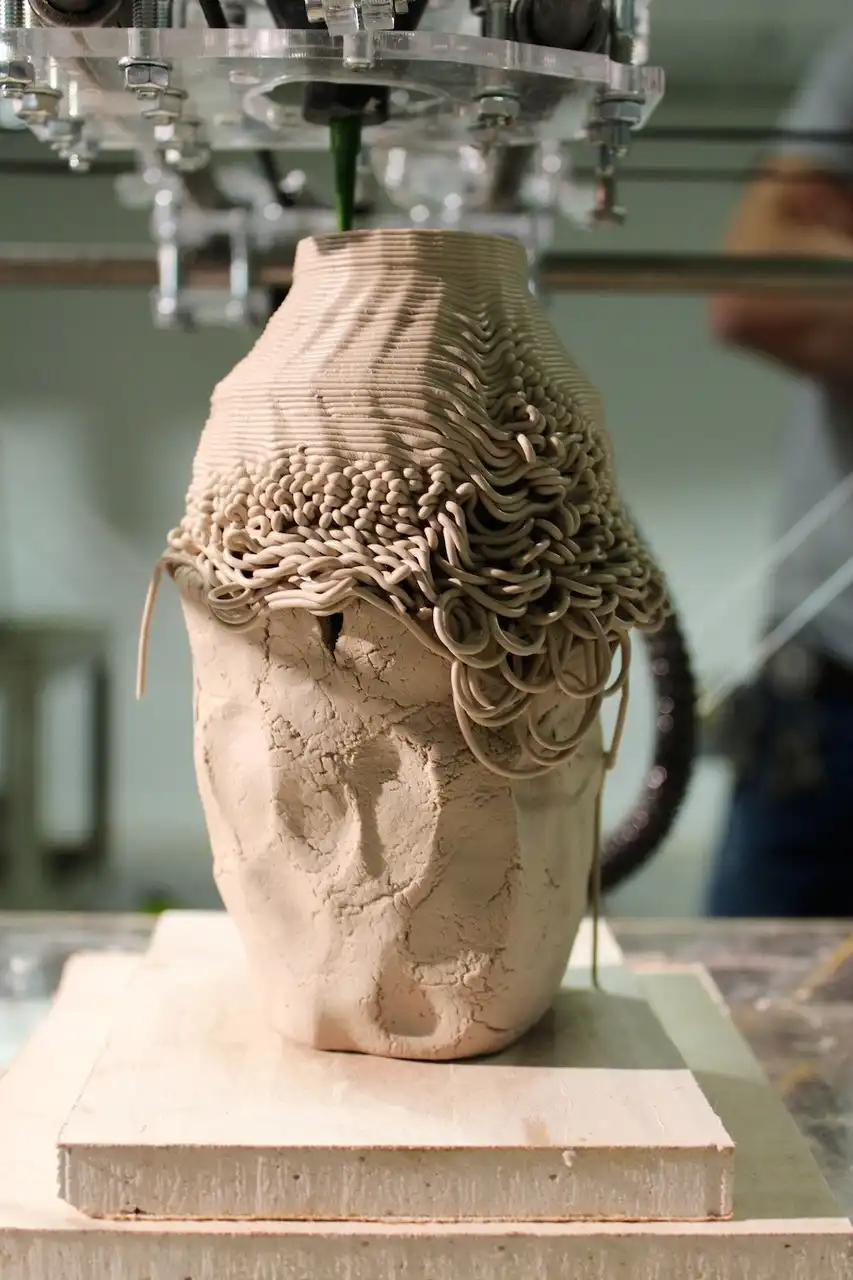
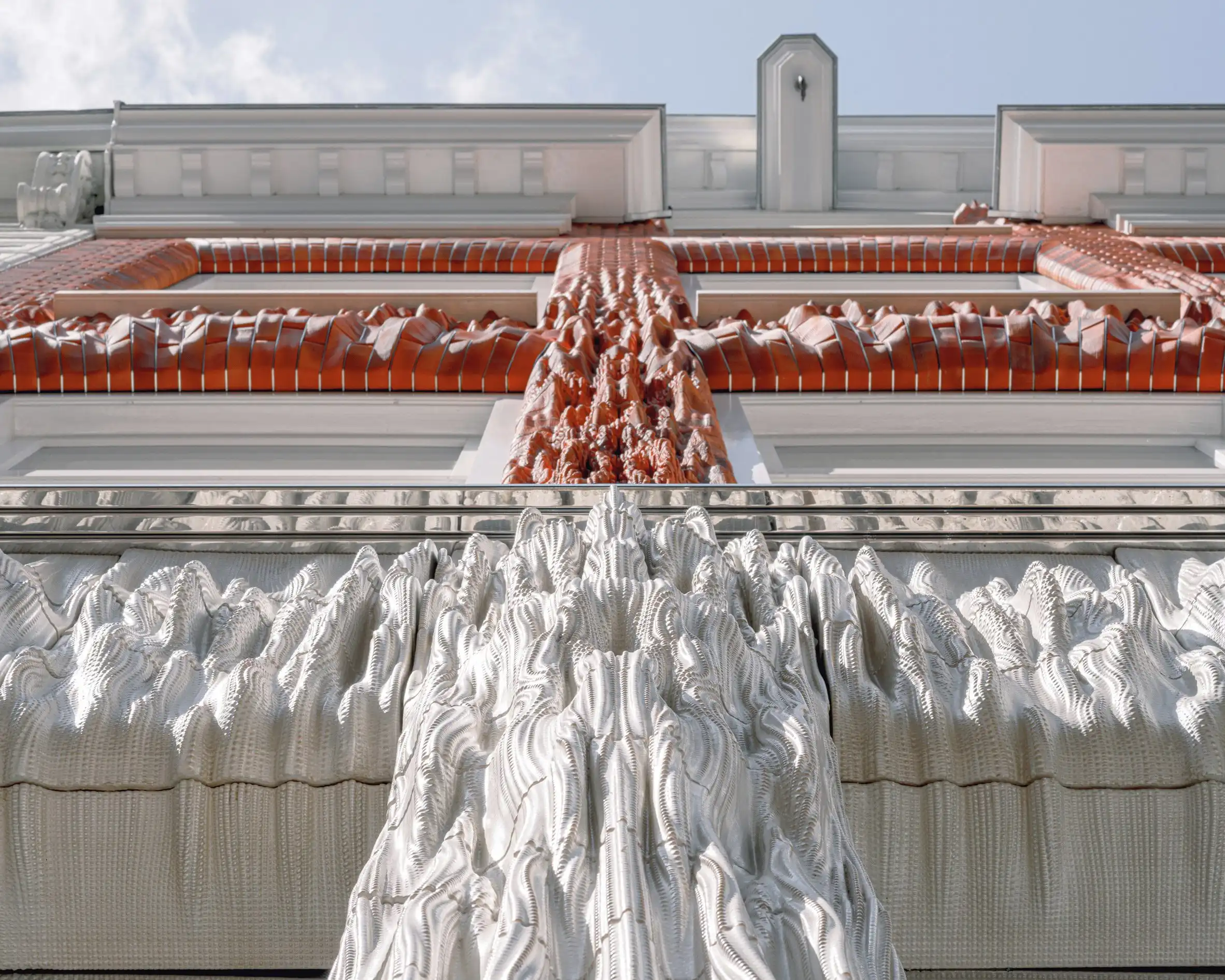
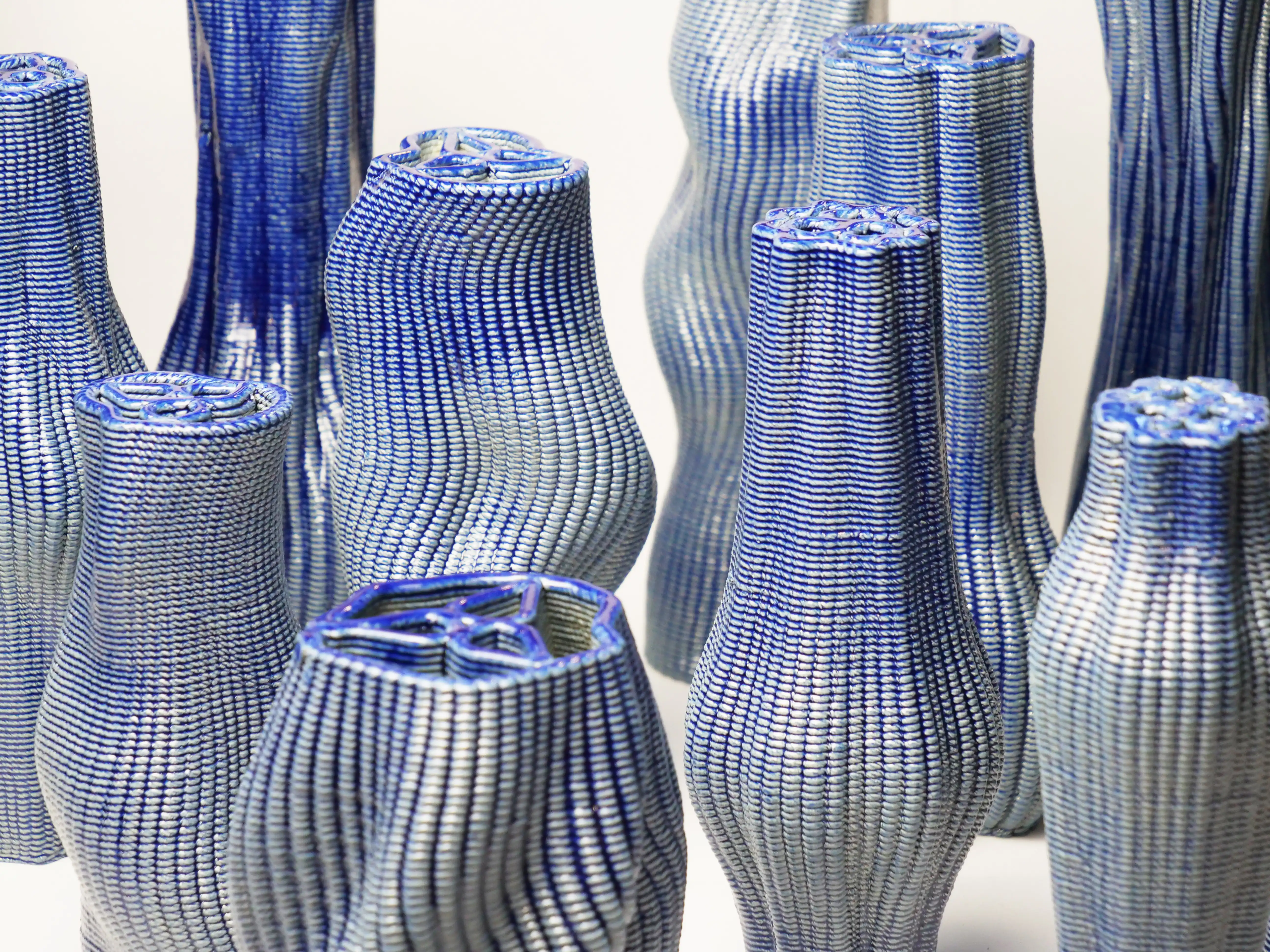
3. Bio-based Materials: Laying down a significant step forward in sustainable construction practices, bio-based, bio-degradable materials such as mud, wood, bio-plastics and mycelium stimulate the philosophy of living buildings. 3D printed structures from low-carbon lightweight materials with insulating properties could enable a rather deep-seated foundation for sustainability in its raw form.
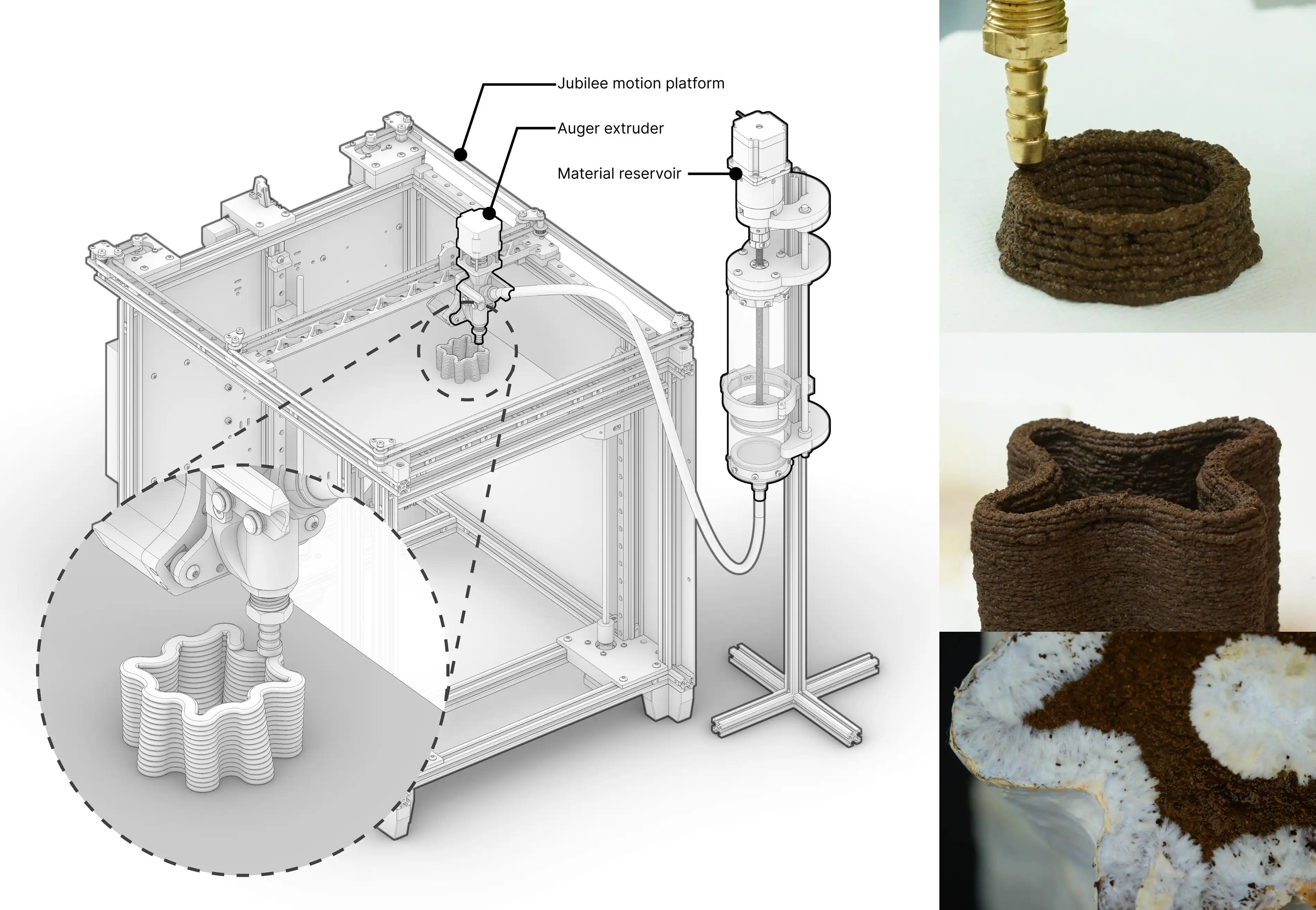
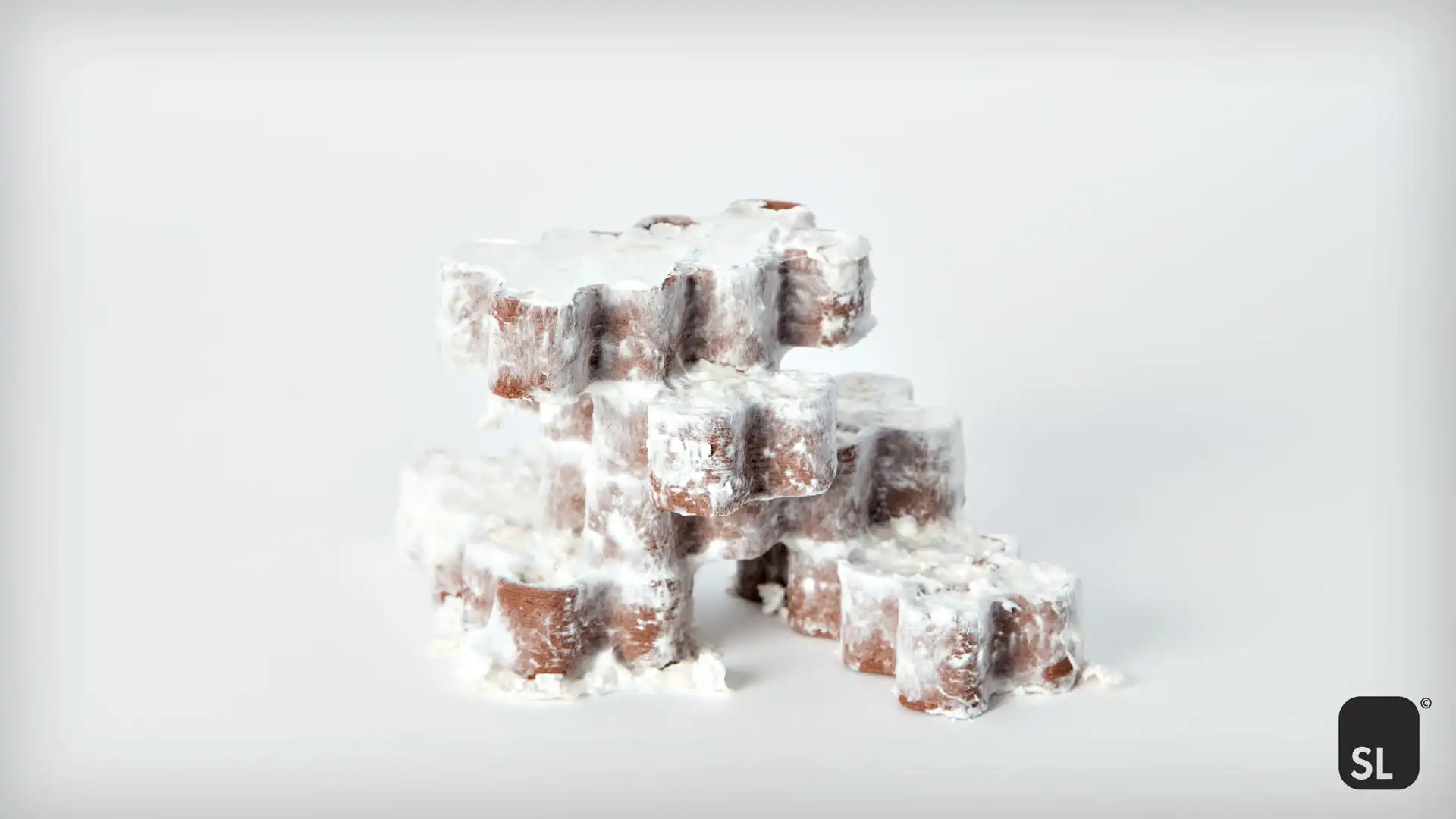
The latent truth in all these forms of additive manufacturing is the exploration of hidden strengths in materiality. Technology is not limited to form or function but also expands to advanced techniques and tools. While parametric geometries become the pedestal of architectural design, parallel innovations in material sciences could support resourceful, eco-conscious methods for the entire process of construction.
You must be logged in to comment.